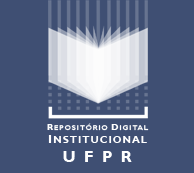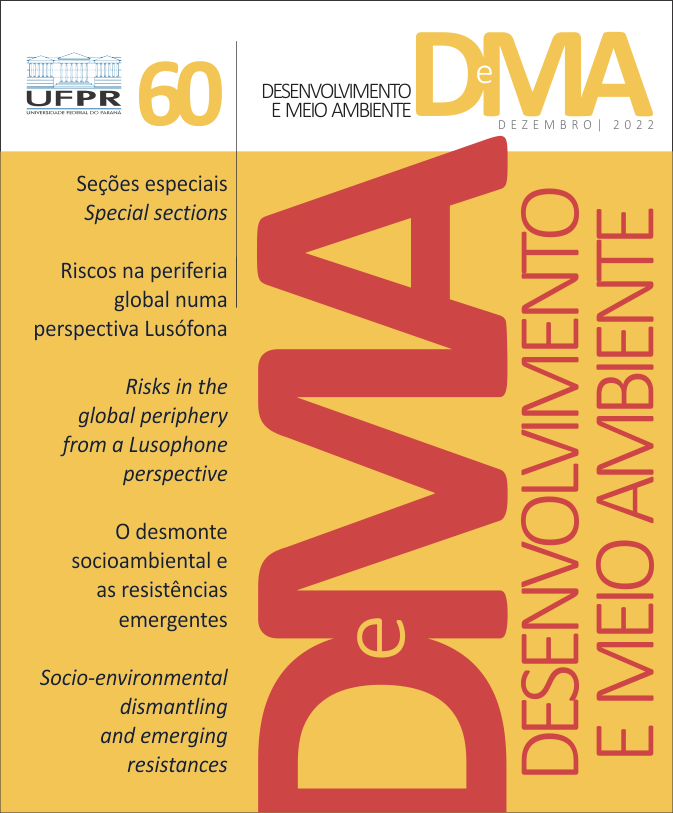Wildfire profile from the perspective of the public records in the APA do Alto do Mucuri
DOI:
https://doi.org/10.5380/dma.v60i0.74357Keywords:
APA do Alto do Mucuri, ROI, forest fires, fires, brigadesAbstract
The Fire Occurrence Record (ROI) is a public instrument for collecting information that can assist in regional environmental decision-making, such as, for example, planning efficient actions to prevent, raise awareness, apply penalties and fight forest fires. Given this relevance, the present study aimed to trace the profile of Forest Fire Records in the Alto do Mucuri Environmental Protection Area (APA) in Minas Gerais. For this purpose, through descriptive statistics, 213 ROIs were analyzed from 2014 to 2018 of the aforementioned conservation unit, obtained through the Law on Access to Information, which allowed a glimpse of the potential of analysis of these records from the public environmental management perspective. The main results found were: an estimate of environmental damage in an area equivalent to 22,537 soccer fields in the analyzed period; higher incidences of forest fires in the vegetation of the Semideciduous Seasonal Forest type; greater occurrence of forest fires in the municipalities of Ladainha and Itaipé and verification of a pattern in the increase of fires between July to November. In this sense, it was found that access to public data in the environmental area allows us to understand the efforts and consequences of these environmental crimes from the perspective of public administration.
Downloads
Published
How to Cite
Issue
Section
License
Copyright on works published in this journal rests with the author, with first publication rights for the journal. The content of published works is the sole responsibility of the authors. DMA is an open access journal and has adopted the Creative Commons Attribution 4.0 Not Adapted (CC-BY) license since January 2023. Therefore, when published by this journal, articles are free to share (copy and redistribute the material in any medium or format for any purpose, even commercial) and adapt (remix, transform, and create from the material for any purpose, even commercial). You must give appropriate credit, provide a link to the license and indicate if changes have been made.
The contents published by DMA from v. 53, 2020 to v. 60, 2022 are protected by the Creative Commons Attribution-NonCommercial-NoDerivatives 4.0 International license.
DMA has been an open access journal since its creation, however, from v.1 of 2000 to v. 52 of 2019, the journal did not adopt a Creative Commons license and therefore the type of license is not indicated on the first page of the articles.




